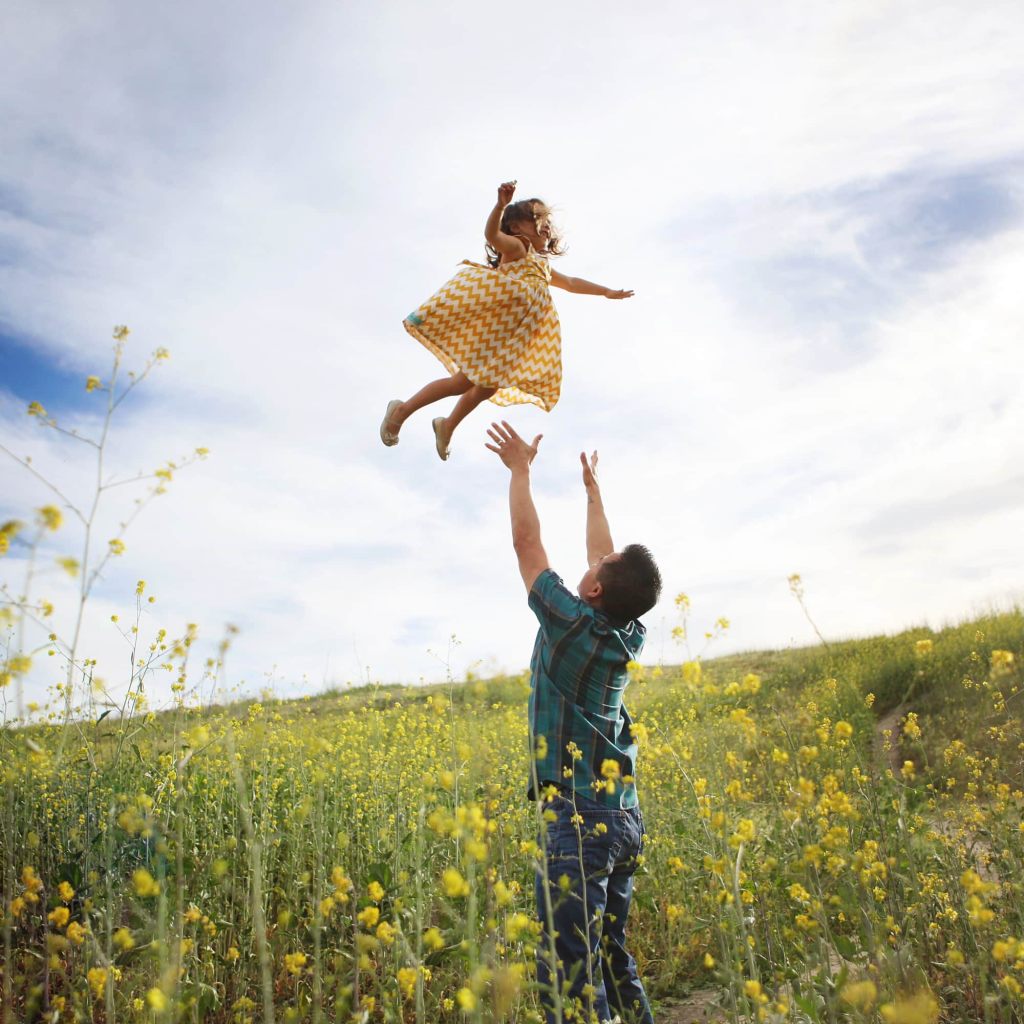In the age of Greta Thunberg, children have never been more active in the constant battle against climate change. This smart generation of young people are the first to look for ways that they can love the earth that they live on, so adults ought to do everything that they can to give them the proper resources to be informed and live a cleaner, greener life. Obviously, children have much different choices than adults when it comes to reducing their carbon footprint. For adults, it might be taking public transportation to work instead of driving solo. For kids, it could be as simple as picking out a reusable water bottle that they’ll take to school every day. Read on for 10 ways to help your kids fight against climate change.
Related: The 12 Simple Ways My Family Has Prioritized Sustainable Living
Everett Collection / Courtesy Everett Collection
Watch a Documentary
Netflix is filled to the brim with documentaries about the ocean, animals, bees, and more that can teach children the importance of protecting the world and its many non-human residents. Of course, you should always make sure to read up on the appropriateness of a documentary for younger viewers beforehand, but plenty of these documentaries, like Mission Blue, show the real effects of climate change in an accessible format.
Getty / Bas Vermolen
Learn About Endangered Species
Children love animals more than they like most people . . . or so it seems. Allowing them to understand how deforestation harms the very species of animals that they might have encountered at the zoo or in a book makes them feel invested in the future of what very well could be their favorite critter. Learning about endangered animals and then donating to a relief program, like Orangutan Outreach, can be an impactful lesson for children.
Getty / Artur Debat
Show Children Real-World Effects of Climate Change
In the United States alone, there is plenty of evidence of how droughts affect the plants and animals in communities not unlike your own.Californian kids, for example, might remember the effects of the recent drought and how dry the world around them looks. Furthermore, they probably had to cut back on water use, so it is helpful for them to visually see why they had to do so.
Getty / Karl Tapales
Let Them Pick Out Their Own Reusable Water Bottle
This is a fun activity that allows your child to feel as though they are making the choice to live more eco-friendly. During the visit to pick out the water bottle, explain to your child how cutting back on plastics helps to protect to ocean from unnecessary waste that harms its ecosystem. Your child will have a water bottle that matches their personality, but they will also learn about why it is important to reject excess plastic.
Getty / ferrantraite
Lead By Example
Pack your child’s lunch in reusable bags inside of a reusable lunch box and explain why you are doing so. This way, they will be able to educate their friends when they might face questions at school as to why they don’t use traditional plastic baggies. Every day, you should strive to practice what you want your child to learn. Your child will look to you for what kind of climate change activities they should do, so it’s important to enact change every day.
Getty / Cavan Images
Plant a Garden
If you have the potential space for a garden, plant one! Fresh produce is a beautiful reward that comes straight out of an activity that can teach your child about plants and photosynthesis’ role in oxygen creation. It also helps teach them the importance of sustainability.
Getty / Klaus Vedfelt
Go to the Library, Not the Book Store
In general, a great way to go green is to teach your children that you can buy used products, reuse where you can, and reduce excess shopping. Libraries are a great place to start for young children because they probably aren’t doing much shopping, but they probably do need books for reading during free time at school.
Getty / JGI/Jamie Grill
Go on a Hunt to Unplug
Unplugging chargers that aren’t in use or appliances that aren’t in use is a great way to conserve energy. You can turn this into a game by going on a hunt with you children (supervised, of course) for devices that are plugged in when they don’t need to be. A phone charger without a phone on the end of it is a great example of an energy vulture that could be unplugged. This is a hands-on activity that teaches children the important of not leaving unused devices plugged in (or lights on when they’re not needed).
Pexels / Markus Spiske
Take Them to a Protest
If there is a climate change protest going on in your area, it is a great idea to take your child. Often times, protests are occupied largely by fellow students and educated young people. Not only will your child be getting directly involved in the fight for the environment, but they will have a great opportunity to talk to other passionate young people who are educated on the issues they care about. Plus, it’s a great opportunity for a fun craft project if they want to make a sign.

